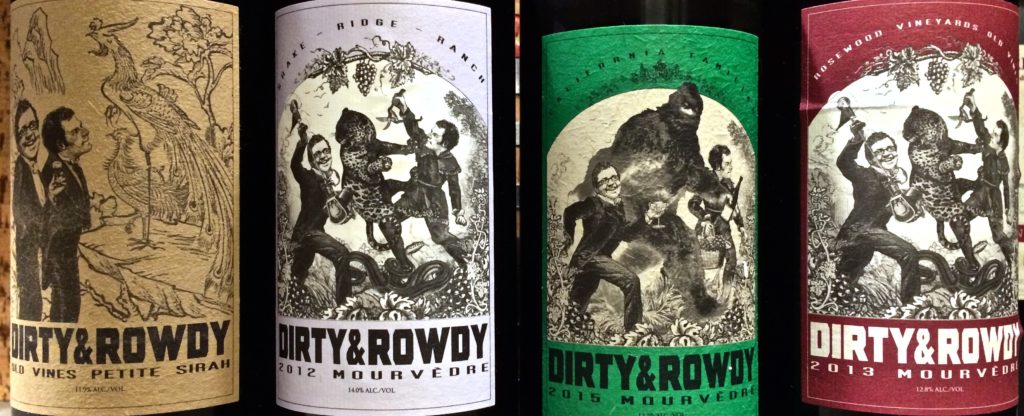
What is the point of a wine description from a winemaker? Is it to tell you what you might expect to taste in a wine? What berries are on the nose? What farm animals might be sensed in the mid-palate? Is it to make sure you know what expectations the wine will conform to – the fact that it is indeed a wood-bearing monster Napa cult cab, or a petrol-laden but crystal-pure Mosel? Or is it to convey something of the wine’s soul… the spark of light that lives inside it… the joy it brings to the folks who made it and those they hope will enjoy it?
In my inbox the other day was this verse, describing a California mourvedre:
Evening echoes of Curtis Mayfield, Fela Kuti, Del The Funkee Homosapien, Daft Punk – and whoever just put on “Let it Whip” by the Dazz band is a saint! At the end of the night, this is the bottle you will be holding by the neck when you try to pinpoint the time in the evening that the dinner party become a dance party!
It isn’t so much a wine description in the typical sense of the term as it is a short story. A poem. A battle cry. A Ken Kesey koan. Does it adequately describe the wine? Well, it manages to tell you practically nothing yet possibly everything about what a bottle of that California mourvedre will do to you. So, yes, it describes it exceedingly well.
The words were written by Hardy Wallace, winemaker at Dirty & Rowdy Family Winery, on the topic of the winery’s 2015 California “Familiar Mourvedre. If there were a Pulitzer for wine descriptions, he would deserve one. A James Beard? That, too. Heck, give the guy a Nobel prize because these are words that offer the potential to bring peace to the world and enlightenment to the ages.
Hardy was been waxing wonderfully on the topic of wine ever since I met him about a decade ago in Atlanta. Back then he had a blog called DIRTY SOUTH WINE, which can still be found archived somewhere on the internets if you know where to look. A typical post read something like the following, on the topic of Savennières, which Hardy wrote in 2009:
There is something about the aging, speed freak, Karate choppin’, Elvis – It’s the incredible energy combined with quick circular hand motions, an occasional kick, a bedazzled cape, and a runaway train of a band just burning down the track. It gets you charged and riled up. But now imagine something challenging, perhaps a little bizarre, and stankingly awesome (like Glen Velez and Lori Cotler) that transports your inner Cornholio to the same place. This is Savennières. The stony, freak show, of a delicious wine that unapologetically meets more foes than friends.
You can see the path, right? From aging, speed freak, Karate chopping’ Elvis to conferring sainthood on whomever it was that elected to play “Let It Whip” alongside a bottle of juicy mourvedre? Yes, Hardy digs pop culture references, especially those of the musical variety, because they convey a lot more than simple sandalwood-this or sous-bois-that. They tap into our collective memories, our joy, our deep down desire for funk.
Here’s another Hardy gem from their recent fall release, which manages to pull in some musical notes, but also goes deeper on the actual soil and place the wine came from, not to mention offering guidance on the ever-engaging ; ) topic of drinking windows:
The vinous soundtrack to all night 70’s ski lodge parties. Heady wafts of pure fruit, dried raspberry, crushed granite, and mountain air. Groove is in the heart. It is medium bodied, and filled with high elevation flash and fruit. It will evolve and continue to improve, but the pleasure seeker in you will say I want it NOW! Just go easy. Though there is something here today, there is so much more to come from this wine. (2015 Skinner Stoney Creek Mourvèdre, El Dorado County, Sierra Foothills)
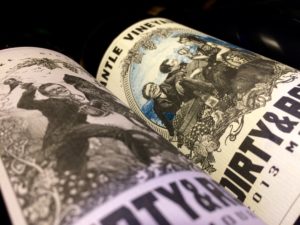 Now the thing is, if it were typical plonk that Hardy was hawking, these exuberant missives would fall ferociously flat. It would be like Trump saying, “I know more about ISIS than the generals do. Believe me.” Absurd. But have you had any of the Dirty & Rowdy wines? Maybe it’s the power of suggestion, maybe it’s the eclectic soil and non-invasive techniques Hardy employs, maybe it’s simply voodoo magic… but they really do live up to Hardy’s crazy beautiful wine descriptions.
Now the thing is, if it were typical plonk that Hardy was hawking, these exuberant missives would fall ferociously flat. It would be like Trump saying, “I know more about ISIS than the generals do. Believe me.” Absurd. But have you had any of the Dirty & Rowdy wines? Maybe it’s the power of suggestion, maybe it’s the eclectic soil and non-invasive techniques Hardy employs, maybe it’s simply voodoo magic… but they really do live up to Hardy’s crazy beautiful wine descriptions.
So when you read that the 2014 Antle Vineyard Mourvèdre, Chalone AVA, Monterey County, offers “chaparral, arid winds, and natural monoliths worshipped by ancient civilizations and avid rock climbers (Antle Vineyard sits less than 1 mile from the entrance of Pinnacles National Park),” you’ll surely get a feeling for where the wine will take you.
Or, in the case of the 2015 Rosewood Vineyard Old Vines Mourvèdre, Redwood Valley, Mendocino County… “in an alternate dimension, this is Evel Knievel daydreaming his last great ride. It is stars and stripes, canyons, rocket bikes, pyrotechnics, hootin’ and hollerin’- But beyond the showtime splendor, deep down there is meaning, clarity, and a Rocky like message in never giving up the fight… a deep long finish, bids a tearful and loving fare thee well to the crowd.”
Of the 2015 Evangelho Vineyard Mourvedre, El Dorado County, Sierra Foothills, Hardy simply quotes The Mighty Clouds of Joy gospel group – “Take a load off your mind, Ride the mighty glory, Listen to my story, Ride the mighty high” before concluding, “this one is pretty good.” And, based on the words and wines of Hardy Wallace, I’m inclined to agree. Give the man a prize.
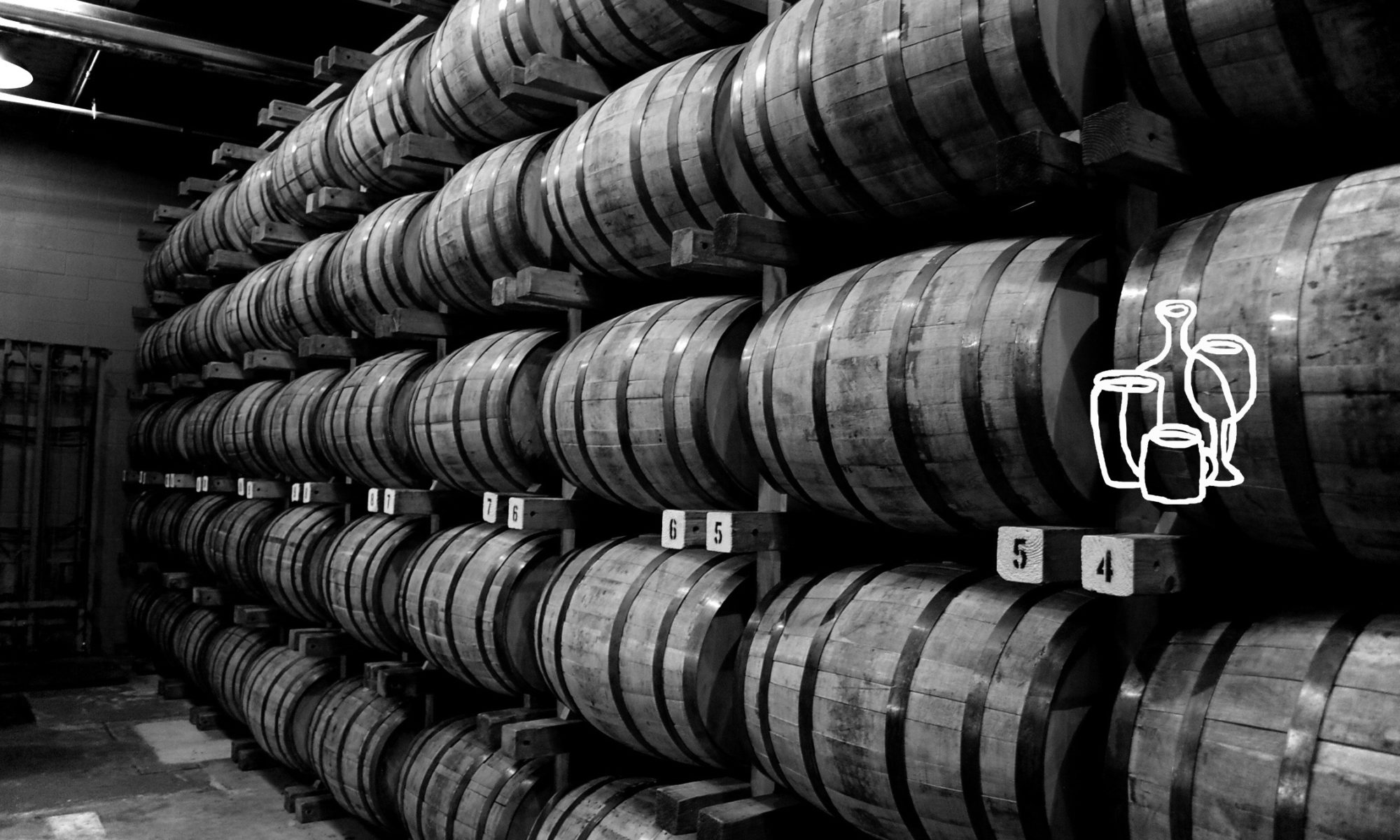
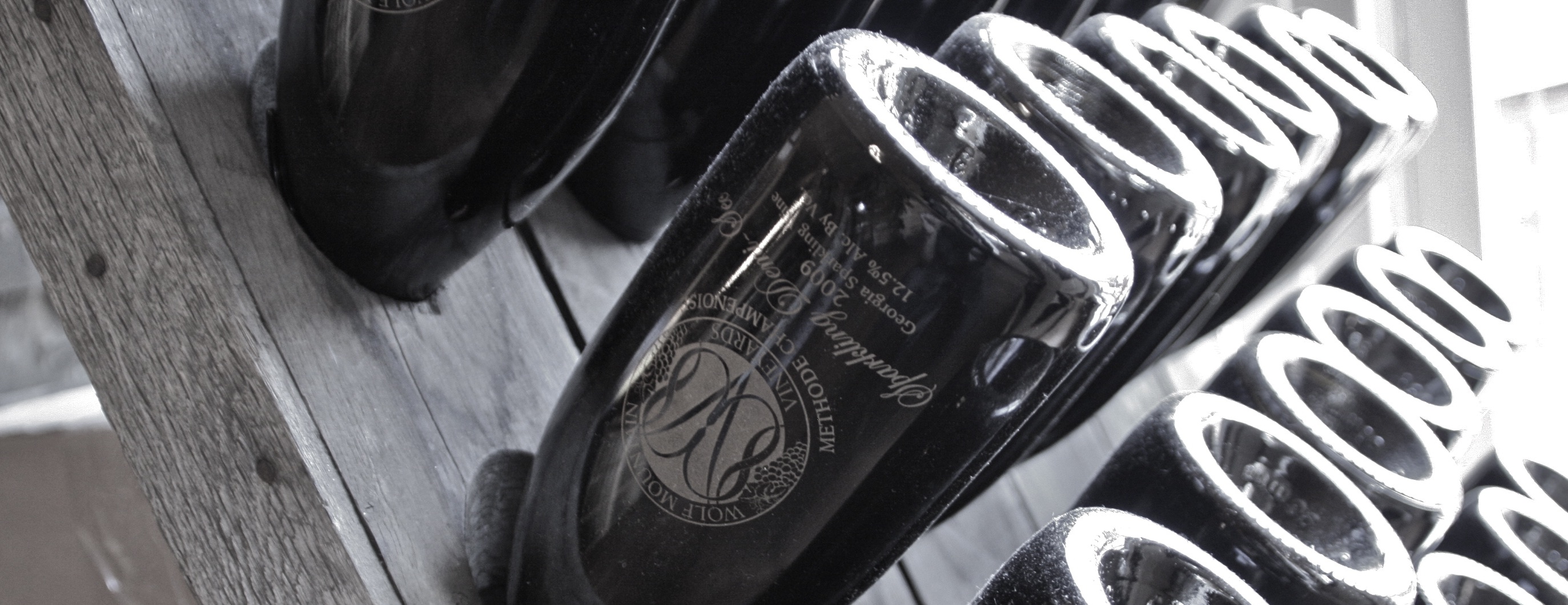
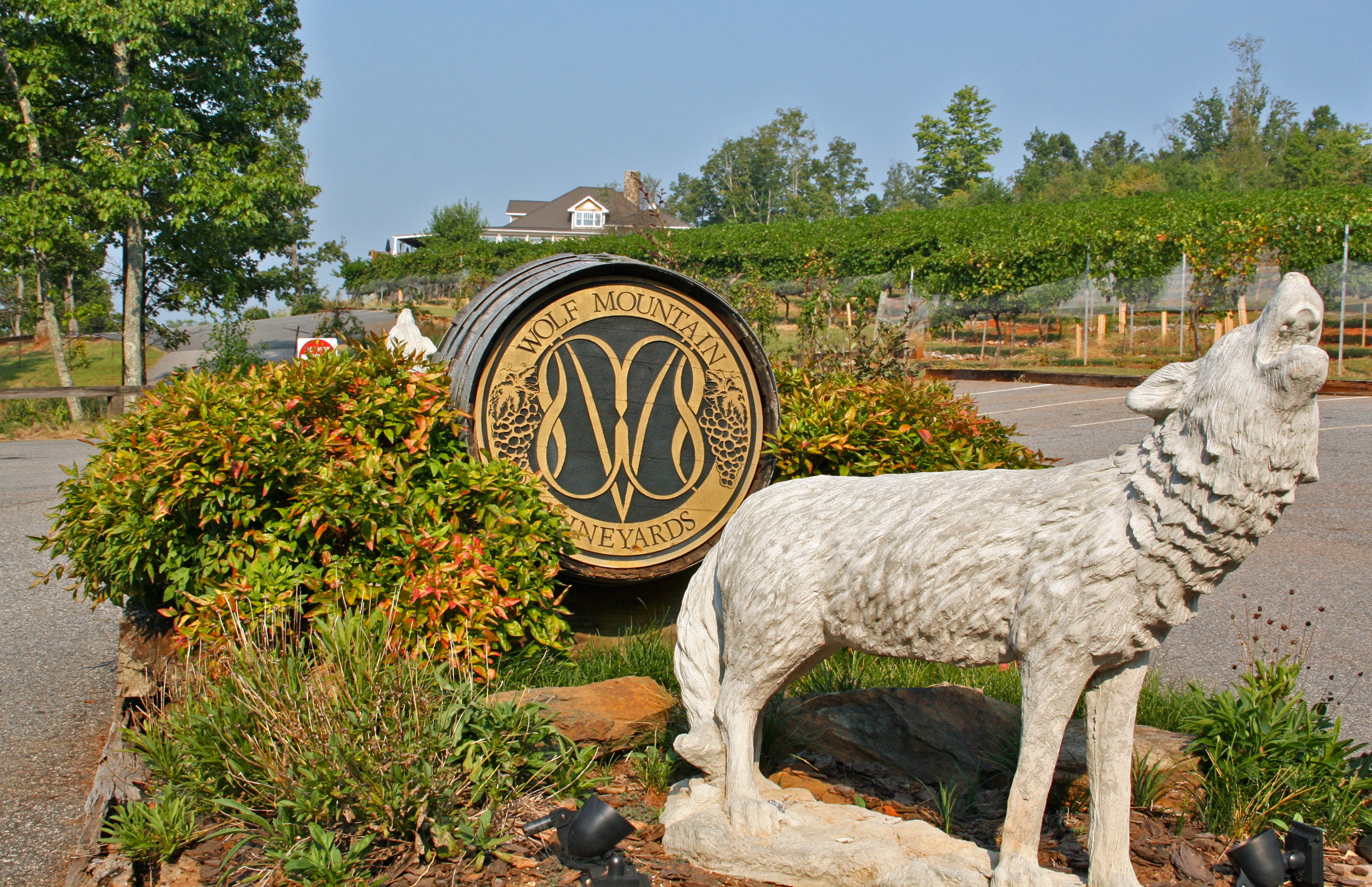


 I have something to admit. I hate big wine tasting events. Same thing for beer. I keep getting drawn into these types of events for the opportunity to try new things, to overload on whatever it is that is being poured. But I really tend to regret it afterwards, kind of the way one feels after eating too much at an all-you-can-eat buffet, shamed by participating in something that goes beyond reason, ready to perform penance for your sins (whether gluttony or greed or even envy of others).
I have something to admit. I hate big wine tasting events. Same thing for beer. I keep getting drawn into these types of events for the opportunity to try new things, to overload on whatever it is that is being poured. But I really tend to regret it afterwards, kind of the way one feels after eating too much at an all-you-can-eat buffet, shamed by participating in something that goes beyond reason, ready to perform penance for your sins (whether gluttony or greed or even envy of others).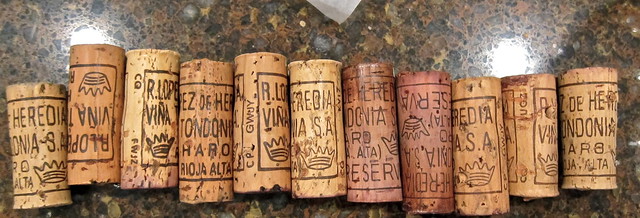

 As we began tasting, Maria pointed out a few unique aspects of tasting these wines. The whites are best served close to room temperature (slightly chilled) to allow the flavors to fully show their stuff. I’ve had them served cold before, and it definitely does the wine a disservice. She does not recommend decanting, but opening the bottle up a bit in advance will not hurt. These wines do evolve in very interesting ways over the course of an hour or two hours or even two days. Maria also shared that the wines are really made for food – yes, they are fascinating by themselves, but paired with some cheese, some meats, the enjoyment increases. (On that note, Tower’s Stacey Sondek did a nice job putting together an array of Spanish cheeses, smoked fish, prosciutto and more to accompany the wine).
As we began tasting, Maria pointed out a few unique aspects of tasting these wines. The whites are best served close to room temperature (slightly chilled) to allow the flavors to fully show their stuff. I’ve had them served cold before, and it definitely does the wine a disservice. She does not recommend decanting, but opening the bottle up a bit in advance will not hurt. These wines do evolve in very interesting ways over the course of an hour or two hours or even two days. Maria also shared that the wines are really made for food – yes, they are fascinating by themselves, but paired with some cheese, some meats, the enjoyment increases. (On that note, Tower’s Stacey Sondek did a nice job putting together an array of Spanish cheeses, smoked fish, prosciutto and more to accompany the wine). The wines tasted last night included two Lopez de Heredia whites and four reds. Very brief tasting notes are below, but the overwhelming takeaway is that these are stunning wines of complexity and character, unlike anything being made in America or anywhere else in the world really (on the red side, you’ll see some similarities to older Burgundies, but Lopez de Heredia certainly has its own very distinct terroir). Lopez de Heredia also focuses on their two primary vineyards – Tondonia and Bosconia – and contrasting the two demonstrates the degree to which the wines from nearby vineyards can diverge, even with very similar mixes of varietals in the bottle. Bosconia produces more earthy and powerful reds; Tondonia is lighter and more elegant.
The wines tasted last night included two Lopez de Heredia whites and four reds. Very brief tasting notes are below, but the overwhelming takeaway is that these are stunning wines of complexity and character, unlike anything being made in America or anywhere else in the world really (on the red side, you’ll see some similarities to older Burgundies, but Lopez de Heredia certainly has its own very distinct terroir). Lopez de Heredia also focuses on their two primary vineyards – Tondonia and Bosconia – and contrasting the two demonstrates the degree to which the wines from nearby vineyards can diverge, even with very similar mixes of varietals in the bottle. Bosconia produces more earthy and powerful reds; Tondonia is lighter and more elegant.




